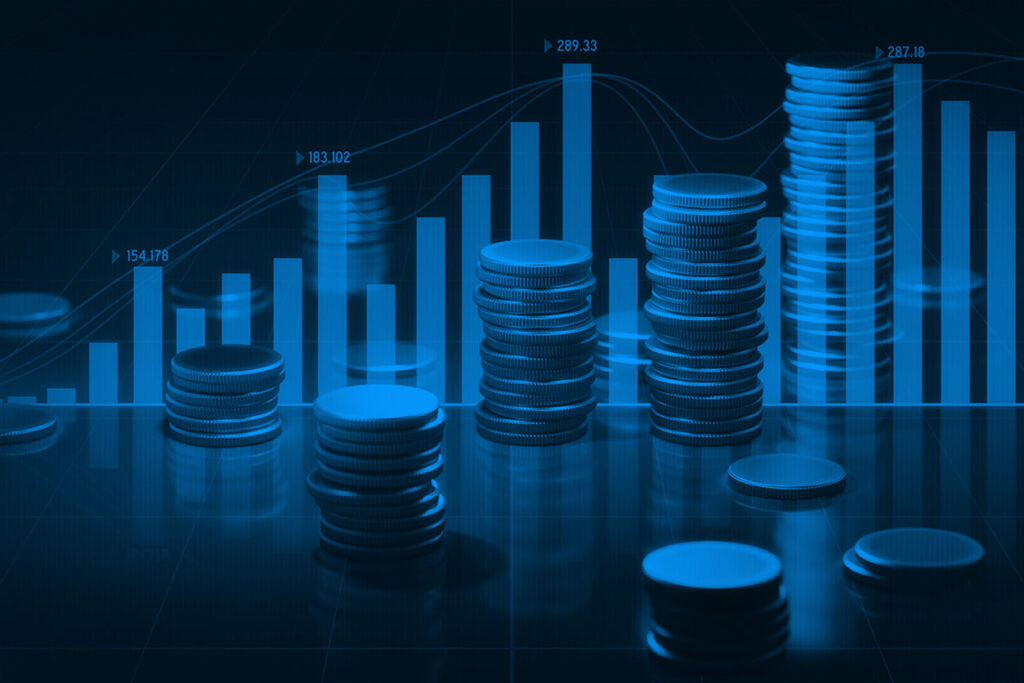How leverage works in the Forex market

Forex trading is huge – at least $2.4 quadrillion worth of huge. It can be cumbersome, to put it mildly, for some traders to earn the gains they are aiming for, given how much potential the forex market has. And that’s where leverage comes in. Traders need to borrow money for large-scale trading and brokerages provide them with it. The end result is often determined by a mix of a “No pain, no gain” mentality and a lot of risk management. Or in other words – if you don’t want to incur magnified losses on a regular basis, you better choose wisely with each trade you make.
To leverage, or not to leverage
Daily transactions of forex can be upwards of $6.6 trillion, so it is no wonder that many traders wish to load up their wallets and profit quickly. After all, they are not investing in any foreign exchange currency pair’s intrinsic value – they are just trading on speculations of their price movements.
Earning gains through trading on leverage basically means signing a loan contract with a broker so they can allow you to borrow the required funds. Subsequently, you can begin placing orders on margin or leverage. The amount or size of the trade is adjusted based on the leverage chosen. When placing a trade, the broker will put an amount in cash on hold in the account to ensure they will earn a percentage – this is called initial margin.
How much leverage is enough?
For trading on margin and leverage, an amount is held on the account in accordance with the size of the trade. Should you be looking to take a position for $500,000 AUD/USD, for example, the broker may need to hold up to $5,000 so as to establish an initial margin requirement of 1%. This forms a ratio of 100:1, but it is subject to change, along with the margin requirement. Meaning, it can change to 10:1, 50:1, 200:1, etc. Pick the currency and you will see what the margin requirement is.
On one hand, it may be the case that your choice is of a volatile pair during volatile periods. As risk increases, the broker may choose to up the collateral percentage in order to manage their own risk as well. On the other hand, if your pair is not that volatile and the period isn’t either, then the broker may offer a lower margin requirement and a higher leverage ratio.
In both scenarios, once you reach the threshold of your margin, the broker will reach out and notify you that you have reached the margin call level. And the margin call itself is the event of force liquidation of a position by the broker themselves.
Leverage on the scale (pros and cons)
As with anything else, you can expect to benefit from using leverage in forex. Some downsides exist as well and knowing them can help to make a more informed choice.
It frequently starts with the idea of making some profit. Leverage trading amplifies gains from small price movements and so earning gains can happen at a faster rate. At the same time, losses are amplified just as much. Therefore, to minimize losses and increase potential earnings, you should be able to manage risk well.
Keep the risk at an appropriate amount that fits your trading strategy. You won’t feel winning trades as much, but you won’t get hit by losing ones that hard either. And of course, be active – follow through and manage positions carefully until you close them. Consistency is at the heart of reaching that long-cherished goal, but we should also allow ourselves to accept not all days will be good.

